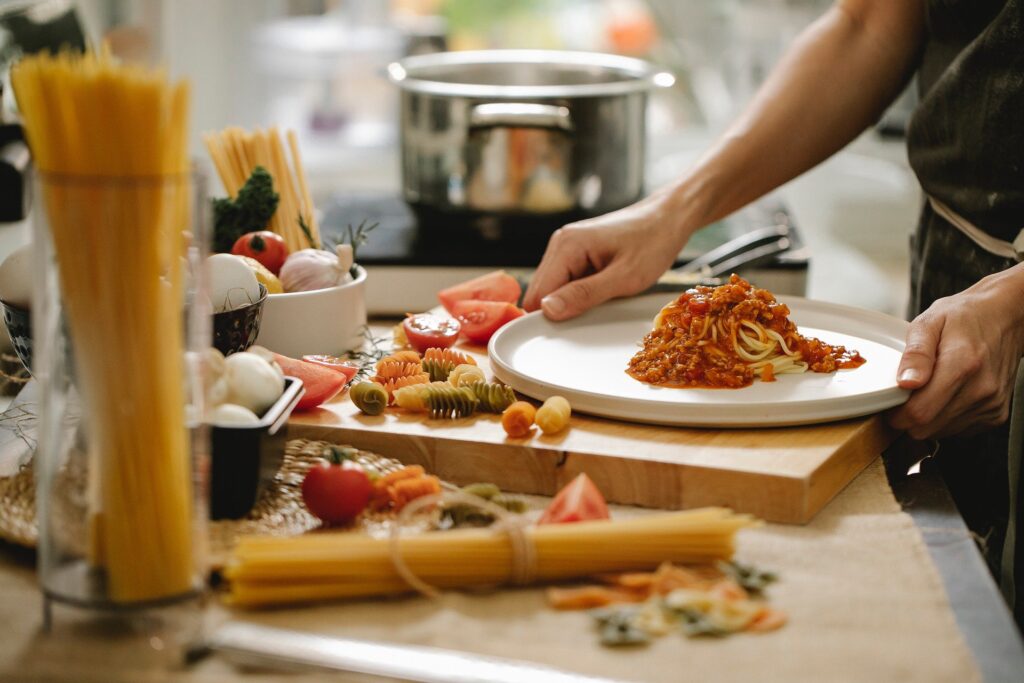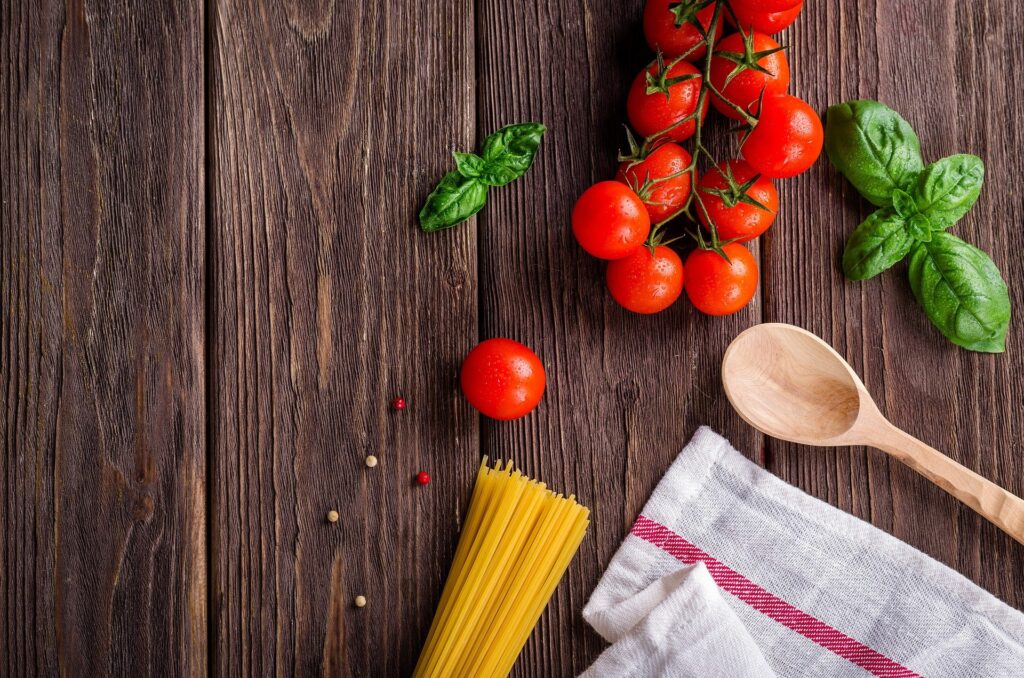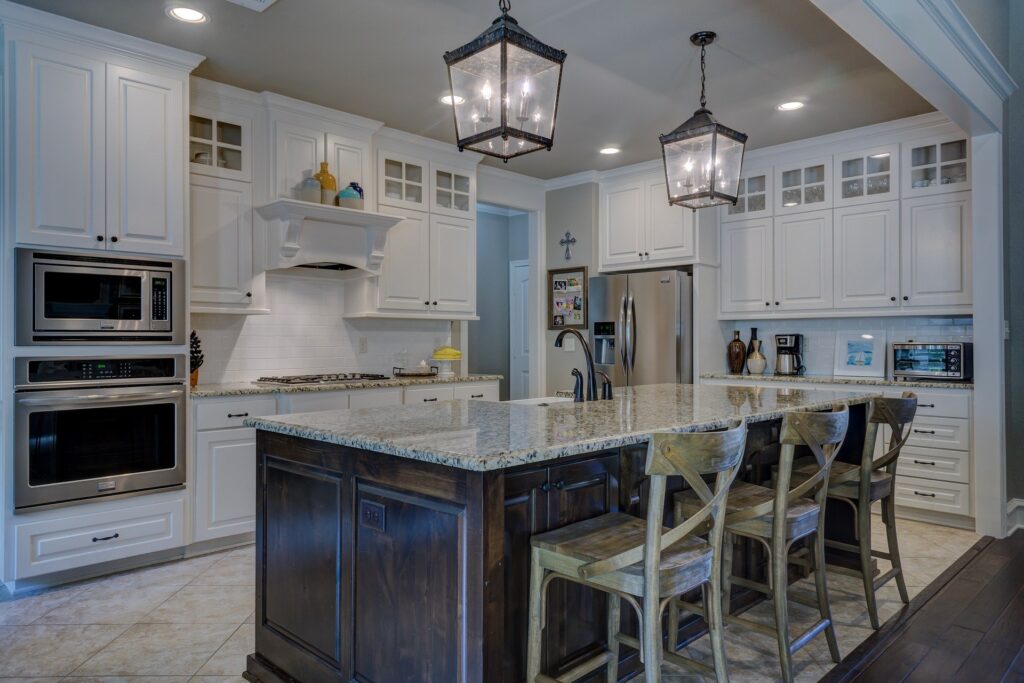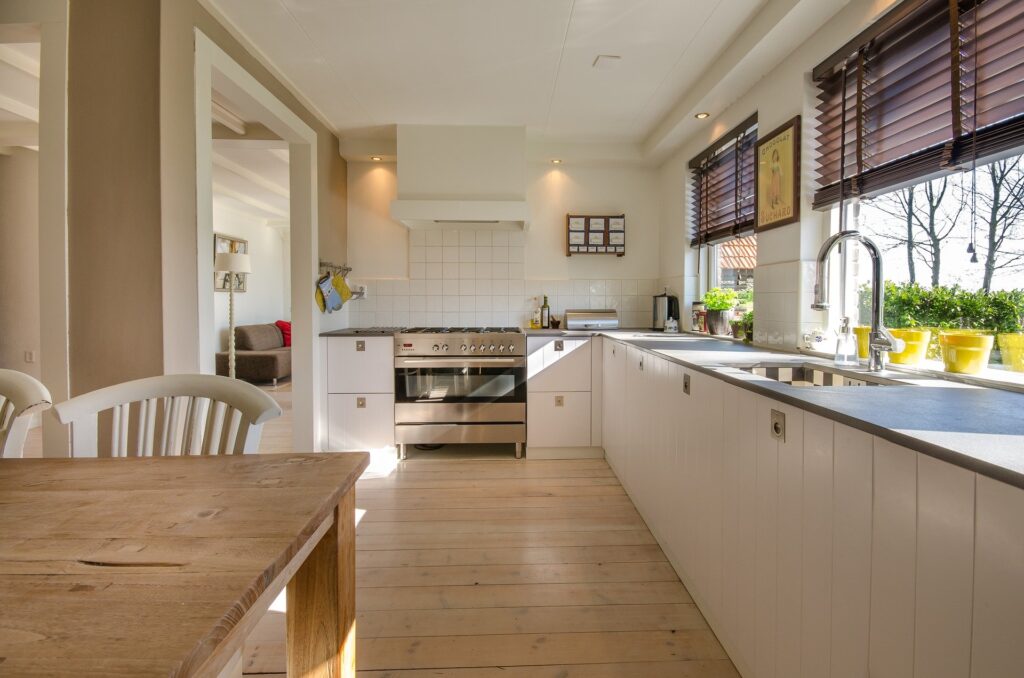What are the most crucial factors of success in a commercial kitchen: offering delicious cuisine, providing excellent customer service, and providing good value for money? These are all important ingredients for building a name for yourself in the hospitality sector, but they’re useless if you don’t follow basic food safety guidelines.
Kitchens are breeding grounds for germs and bacteria that really can cause food poisoning and other food-borne illnesses, which is why observing kitchen cleanliness guidelines is critical if you’re serving the public, particularly in a professional kitchen.You must visit commercial kitchen consultant for best Commercial Kitchen Design
Cleaning, cooking, chilling, and cross-contamination should all be covered by your commercial kitchen hygiene standards. So, without further ado, here are our essential yet simple food hygiene guidelines to maintain your commercial kitchen sanitary, delicious, and profitable.
In the Kitchen, Personal Hygiene
Many people believe that hazardous food-poisoning bacteria are transmitted through direct contact with food, yet these germs can also be transmitted through our hands. Hand washing, which dramatically inhibits the transmission of E. Coli, salmonella, and other types of hazardous bacteria, is a simple way to avoid this.You must visit commercial kitchen consultant for best Kitchen Design

Handwashing is recommended before and after handling raw meats, seafood, and eggs, as well as ALWAYS after using the restroom. Handwashing properly takes hot soapy water and scrubbing for at least 20 seconds, which we should all be accustomed to by now — thanks, corona. After that, use an air dryer or a paper towel to dry your hands in a sanitary manner.
When working in a catering kitchen, food handlers should avoid wearing rings, watches, or bracelets since they act as a breeding ground for germs that can be passed to food. It’s also a good idea to stay away from other external dangers like heavy cosmetics, strong scents or aftershaves, and nail polish.You must visit commercial kitchen consultant for best Commercial Kitchen Design
Food Storage That Is Safe
- In a professional kitchen, food storage is equally as crucial as cooking and serving methods. Food storage that is safe includes:
- Letting food to fully cook before storing it in a refrigerator or cold room
- As a general guideline, if you can’t keep anything cool or hot, don’t keep it. Bacteria thrive in food that is stored at room temperature before or after cooking.
- Never keep food in the refrigerator for more than 7 days.
- Unless it’s dry goods and it’s safe to do so, don’t leave food on your kitchen counter.
- All raw meals should be securely covered or wrapped, as bacteria thrive in open food.
- Organize your cold room or food storage according product use-by dates and stock rotation. .
- To avoid cross-contamination or food poisoning, keep animal items on the bottom shelf of your fridge.

Taking Care in the Kitchen Another important component of running a sanitary kitchen or takeaway operation is proper food preparation.You must visit commercial kitchen consultant for best Kitchen Design. Preventing food poisoning and ensuring that the food is safe to eat can also be done during the preparation process.
- Before preparing or serving, clean all fruits and vegetables.
- For meats, veggies, seafood, poultry, and eggs, use separate coloured chopping boards.
- If not, hand-wash chopping boards in hot, water and soap between uses if not already done.
- Keep these foods separate from other foods to avoid cross-contamination.
- Using a food thermometer, ensure that the meal is properly cooked and at a safe temperature.
- Food should be stored in a cool room or refrigerator within two hours of purchase or preparation.
- Purchasing meat, poultry, and fish from suppliers who do not use antibiotics is a good idea.
- If at all feasible, purchase organic foods.
- Do You Know How to Defrost Properly?
- Are you aware that there are’safe’ methods for thawing and defrosting food?
- Refrigerator thawing, cold water defrosting, and microwaves thawing are the three safest ways to defrost food, although each technique does have its own set of basic food safety regulations.You must visit commercial kitchen consultant for best Commercial kitchen design
Thawing in the Refrigerator:
The slowest but safest option is to defrost items in the refrigerator. Most foods, particularly meat, will take a full day to defrost completely, so prepare ahead of time. However, some regions of the refrigerator will defrost food considerably faster than others. A advantage of thawing produce in the refrigerator or cold area is that it will last an extra day or two before preparing, and you can refreeze the food on a regular basis as it was thawed in the refrigerator.

Freezing in Cold Water
Although thawing in cold water is faster than in the fridge, it requires more thought and concentration. Place the food in a leak-proof plastic bag and immerse it in cold tap water for 30 minutes. It takes two to three hours to thoroughly thaw a 3 to 4 pound bag of meat, and food should be prepared as soon as it is defrosted. Food must be prepared before freezing if it is to be refrozen.
Thawing in the microwave:
The quickest way to thaw food is in the microwave, but heating it right away after thawing is crucial. When food is heated in the microwave, some of it will become warm and maybe cook, putting it in the “danger zone” and putting it at risk of becoming a breeding ground for bacteria. If you need to refreeze food after microwave thawing, you should cook it first, just as you would with water thawing.You must visit commercial kitchen consultant for best Kitchen Design
From top to bottom, cleaning
You should maintain your work area clean-as-you-go in any commercial kitchen, and the kitchen should be cleaned thoroughly from top to bottom at the end of each workday.
At the conclusion of a long shift, cutting corners may seem enticing. The average chopping board, on the other hand, has more bacteria than a toilet seat, so keeping your kitchen clean and following food hygiene rules should be a major priority.You must visit commercial kitchen consultant for best Kitchen Design
Because bacteria thrive in damp fabrics, sponge, and brushes, utilising high-quality hygiene products and cleaning chemicals to clean floors on a regular basis helps to substantially prevent cross-contamination and food-borne illnesses.
- Use hot soapy water to clean surfaces, china, cutlery, chopping boards, and utensils.
- Throughout the day, wipe all surface and preparing food areas many times.
- All kitchen equipment should be air dried, or clean towels and paper towels should be used.
- Tea towels must be maintained clean, air-dried if feasible, and in good condition.
- Cleaning cloths, scourers, and dishwashing sponges should all be repaired on a regular basis.
- At least once a day, clean and disinfect the sink, such as the plug, plug chain, and taps.
- After each use, wipe the oven down and give it a thorough cleaning at the end of each shift.
- Cross-Contamination should be avoided at all costs.
- One of the most important, if not THE most important, commercial kitchen food hygiene standards to follow in your environment is to avoid cross-contamination. Cross-contamination helps to prevent the spread of hazardous germs, foodborne illness, and other food-borne illnesses, but it’s also vital to note that it’s harmful to vegetarian or plant-based diets.
- Cross-contamination may be avoided quite easily if you remain on top of things, maintain an organised delivery kitchen, and clean as you go.
- When handling food, one of the most effective strategies to avoid cross-contamination is to:
Cleaning work surfaces as soon as possible after preparing or handling fish, eggs, poultry, or raw meat For preparing the following goods, farm produce, and cooking foods, use color-coded cutting boards. Keeping different cleaning cloths on hand for different areas where meats, fish, and poultry are handled Separating raw meat and poultry preparation equipment and utensils from other meals in the kitchen If you don’t have separate utensils for uncooked meat, wash and disinfect them frequently throughout the day – and after each use if you can’t keep them separate. During the day, disinfect washing clothes. Keep a high level of cleanliness in the kitchen by cleaning work surfaces as you go. Maintain excellent personal hygiene practices.

- Kitchen Fridge and Freezer Maintenance
- Are all of the worktops and the oven clean? Check!
- Have you sanitised your towels? Check!
- Have you rinsed your dishes? Check!
- Is your refrigerator or cold room disinfected?
A commercial kitchen’s refrigerator or cold storage area is sometimes overlooked, yet it can still be a breeding ground for bacteria and a source of cross-contamination. When a local government inspector assesses your kitchen to determine your food hygiene grade, he or she will also evaluate the refrigerator. It’s crucial to keep your cold room clean as you go and clean up any spills or leaks right away, but at least once a month, you should do a deep clean.You must visit commercial kitchen consultant for best Commercial Kitchen Design Before disinfection, remove all shelves, sections, or cabinets and wash them with hot, soapy water. If you do have a walk-in darkened room, sweep and mop the floor as well. Wipe off any surfaces that can’t be cleaned with approved cleaning agents or disinfectants, including the outside of the refrigerator and any handles.
Waste Management in a Clean Environment
Another vital yet basic kitchen hygiene regulation to follow if you want to run a safe and profitable professional kitchen is proper food waste disposal and management. Keep the process as clean and sanitary as possible because your trash can be a source of infection.You must visit commercial kitchen consultant for best Kitchen Design.
Bins should be located both inside and outside the kitchen, and any interior bins should be foot-operated, have a tight-fitting lid, be used with robust bin bags, and be emptied on a regular basis — at least once a day. We provide sanitary rooms in prominent locations around London if you’re seeking for a hygienic business kitchen or cold room. Book your vacation today to learn more about your options and to see our magnificent sights for yourself!
You can keep up with our kitchen discussion if you want regular ideas, techniques, and industry trends.







